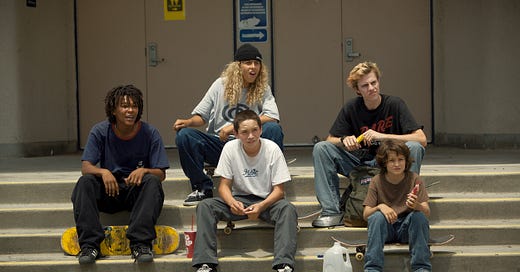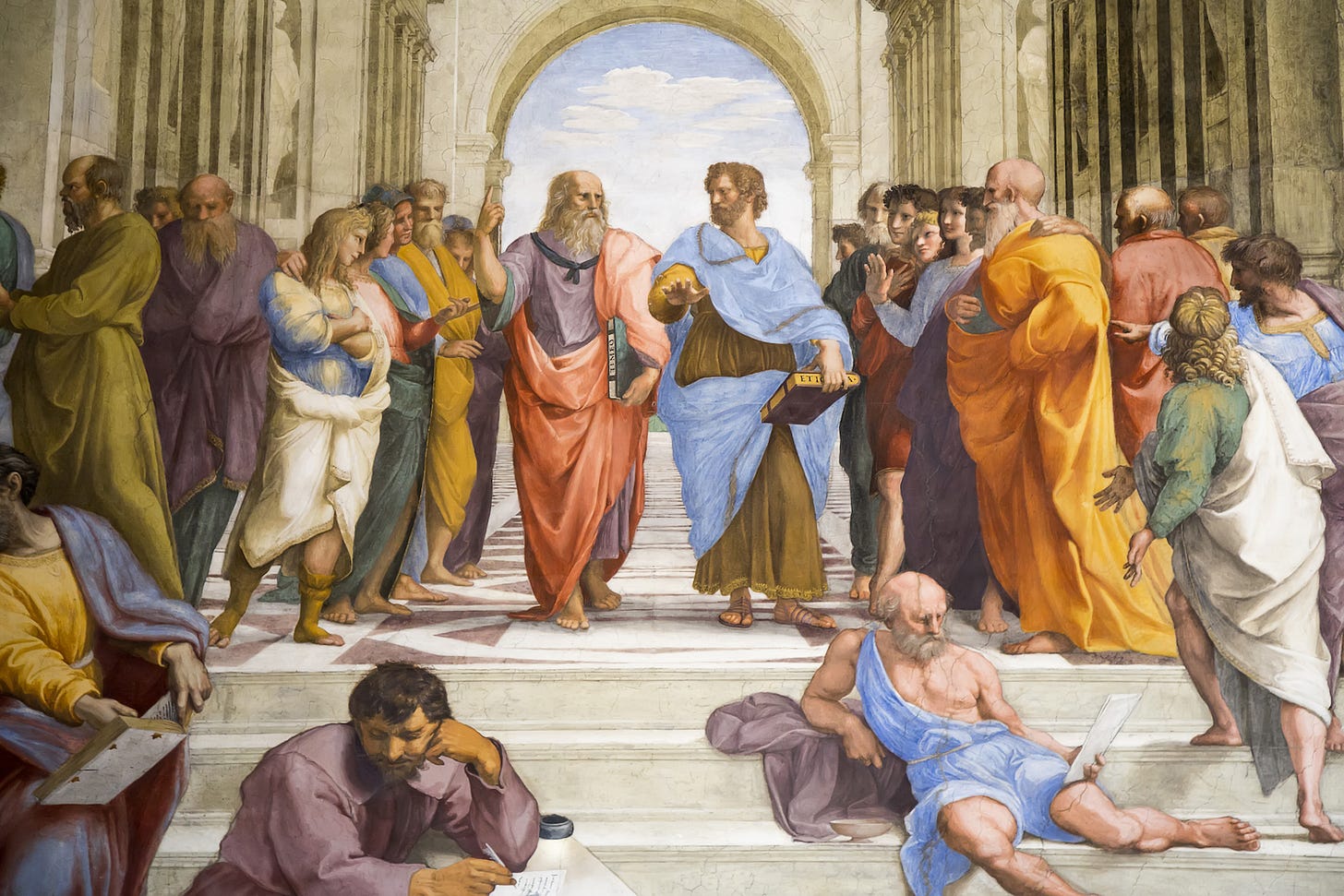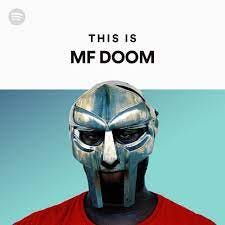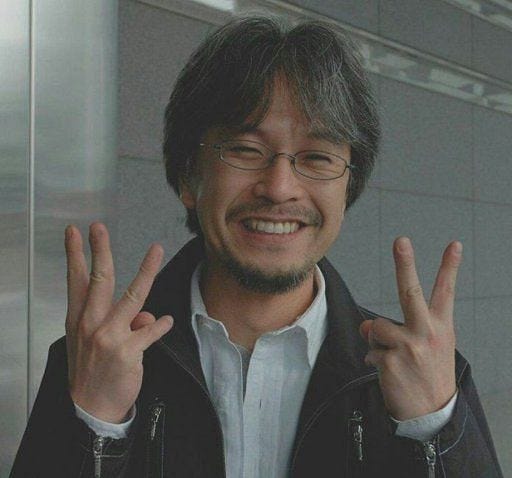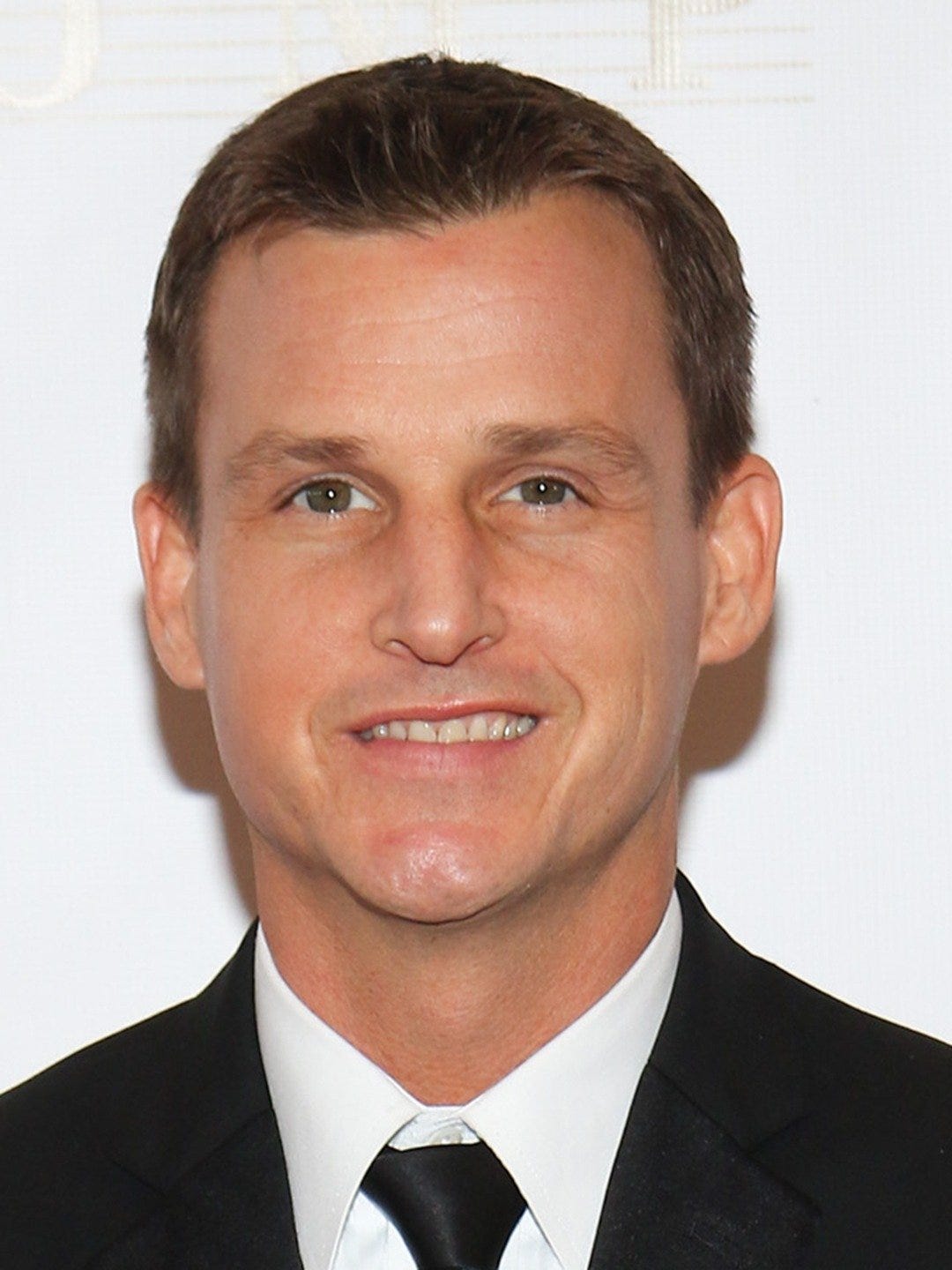under the influence: my heroes
like Rocky Marciano, Sugar Ray Robinson, and Joe Lewis and the greats
as the adage goes, you “are the average of the five people we spend the most time with.” we are at the end of the day social creatures. the people around us have an incredible impact on who we are, how we think, and how we feel. however, that old Jim Rohn (top 5 people quote guy) saying has it’s limitations. namely, while we are disproportionately affected by the closest to us, it’s also about the ecosystem that we are inevitably a part of.
is this ecosystem conducive or harmful to our creative outputs? is this an ecosystem rich in resources to support our goals or does it require you to be scrappy? the famous Renaissance painters came out of the Renaissance as a whole, not simply just a couple lads throwing paint on a canvas.
scenius
the renaissance is an important example because it is immediately synonymous with a period of time where many famously prolific artists came out of it. and because the success attributed to the time period isn’t tied to one person alone, you can safely call it a “scene” or simply a place where this generative creativity took place. scenius then would be the “ intelligence and the intuition of a whole cultural scene. It is the communal form of the concept of the genius.”
to understand scenius is to understand it’s following characteristics:
The geography of scenius is nurtured by several factors:
• Mutual appreciation — Risky moves are applauded by the group, subtlety is appreciated, and friendly competition goads the shy. Scenius can be thought of as the best of peer pressure.
• Rapid exchange of tools and techniques — As soon as something is invented, it is flaunted and then shared. Ideas flow quickly because they are flowing inside a common language and sensibility.
• Network effects of success — When a record is broken, a hit happens, or breakthrough erupts, the success is claimed by the entire scene. This empowers the scene to further success.
• Local tolerance for the novelties — The local “outside” does not push back too hard against the transgressions of the scene. The renegades and mavericks are protected by this buffer zone.
Scenius can erupt almost anywhere, and at different scales: in a corner of a company, in a neighborhood, or in an entire region.
a great example of a great beneficiary of scenius is none other than Leonardo Da Vinci. Leonardo’s family moves to Florence, the heart of thought and culture in Italy at the time, and becomes a studio boy at the age of 14 in Andrea del Verrocchio’s workshop. Verrocchio then was a well-renowned painter and known to be a master of his craft, and was trained under Donatello. Leonardo later becomes an apprentice in this shop that could really be described as a bunch of fellas doing cool shit together. it’s in this creative playground where Leonardo learns a wide range of techniques and skills, but it’s also where he himself events new techniques. most famously, it’s in Verrochio’s workshop where Leonardo figures out sfumato where he “creat[ed] imperceptible transitions between light and shade, and sometimes between colors, he blended everything "without borders, in the manner of smoke," his brush strokes so subtle as to be invisible to the naked eye.”
shaping your mileu
writer henrik karlsson refers to scenius as a “milieu” but it’s essentially the same thing with only a slight twist. let me put it to you like this: yes, Leonardo family moves into Florence around the 1460’s, but is that enough for him to become a great painter? No. he had to have joined Verrochio’s workshop. if I can further define a “milieu” in my own words and on behalf of henrik, it’s a smaller group within a scene itself. think of a mastermind group of sorts. except that you are one of many groups/workshops/cohorts/gangs/etc. in a small sea of people like yourself (the scene).
karlsson uses the following definition of culture to drive his points:
culture: the particular set of influences that surround us
and this is important to note because if there are a particular set of influences that surround us, we actually do have the agency to change said influences. working on AI projects as a digital native too lonely out in the midwest? come to Cerebral Valley in San Francisco. looking to grow more as a comedian? fly out to hit the New York circuit.
It is by changing your milieu that you change yourself.
Curating our milieu is something we all do these days, if not always consciously. Our milieus are no longer determined by where we were born, but by our choices of friends and careers, and, increasingly, by how we train the algorithms that feed us content. Most of us have not yet developed the know-how to fully leverage this.
But it’s not just the people around you that define you. Who do you learn from? Who inspires you? What about them makes you ecstatic? Karlsson recounts a conversation between music producer Rick Rubin and the lead guitarist of the Red Hot Chili Peppers John Frusciante where Frusciante goes into his influences:
Well, right now it seems like throughout making this record, the main people for me were Freddie King, Johnny Guitar Watson, Clarence Gape, Moth Brown. These are all electric blues players from the fifties and early sixties. And then Jeff Beck and Jimi Hendrix have always been big for me, but they were particularly big, especially Jeff Beck, while we were making this record. […]
I got to a point where I was realizing that what was happening in my playing was that I was trying to bridge a kind of a gap between someone like Jeff Beck, who has a lot of very interesting techniques that are very lyrical and expressive—making the guitar sound almost like it's a singer or something—it seemed like I was bridging a gap between that and someone like Kurt Cobain, who, especially in his improvisational playing, is not so much about techniques per se; it's about putting a lot of energy into the instrument and playing in a way that has reckless abandon.
The important thing to notice, as Karlsson notes, is how intentional Frusciante is in selecting his influences. It’s not just a matter of “oh I think these folks are really badass at guitar” but he keys in on specific names, styles, and what techniques he’s actively trying to embody in his own playing style.
my influences (part 1)
all this talk of influences leads me to what i want to really share with you all, that is: the list of people i look up to as influences on the crafts i enjoy. my main craft i suppose is experience curation / community building, but i also write and design. influences, for me, are not at some deep technical level. there’s a common pattern or two that i think you’ll notice, and it’s these patterns that really inspire me to create. so without further adieu, here’s a short list of haroon’s influences (part 1):
MUSIC
MF DOOM
MF Doom, Daniel Dumille, Madvillain, take your pick of his aliases. It isn’t just about his incredibly refined lyrical ability to create multi-tiered rhyme schemes, but rather his ability to construct ENTIRE worlds with characters played himself. Check the song below, it’s a f**king diss track… against himself?
Notable Mentions: Donald Glover, Kanye West, Doja Cat, Kendrick Lamar
LITERATURE
Echiro Oda
It’s always a little silly to me when people fail to recognize Echiro Oda’s name. If you’ve heard of the manga and anime “One Piece,” you know of Oda’s work. And you also know, hopefully to the least, that it’s 1,000+ chapters. It’s our modern day epic. Luffy will be remembered on par with Gilgamesh.
But what strikes me about Oda, similar to MF DOOM, is his incredible world building skills. Oda’s ability to construct, design, and narrate entire arcs of kingdoms over the course of a 1000+ chapters is nothing short of amazing. Many manga and anime begin to crumble under the weight of it’s own narrative. Not One Piece. It’s one of the few, if not the only, manga that still stands firmly with its feet dug into the ground.
BUSINESS
Rob Dyrdek
You’d think, I suppose, that I’d have some tech CEO as my influence under business. There are many tech CEO’s I take inspiration from, namely the late Steve Jobs. However, I pick Rob as my influence. I grew up watching Rob and Big on MTV, and I, like many in Southern California, was disproportionately in tune with the skate culture that was ever present where I grew up. Rob was a notable face not just because of his MTV show, but also because he was a talented skater prior.
He moves on to get his second show, Fantasy Factory. Several years go by, and I stopped caring and I stopped watching. A month or two ago, he popped up on a podcast I listen to a lot. The guy has started 17 businesses, and has exited 6 of them. All the while making at least 7 hours of his day available to his wife and kids. Everyday.
who are your influences?
i write this because i wanted to more clearly understand who my own influences were. and, at the present moment, these are the top 3 that stick out of a list of many, many names. but i had to be honest with myself. who have had the longest impact and the strongest impact in my life thus far? these 3 names come up. but if you look closely, they’re all multi-disciplinary. they’re all world-builders in their own right. they’re who i would like to be like. who do you want to be like? who are your greats?
Sincerely,
haroon

